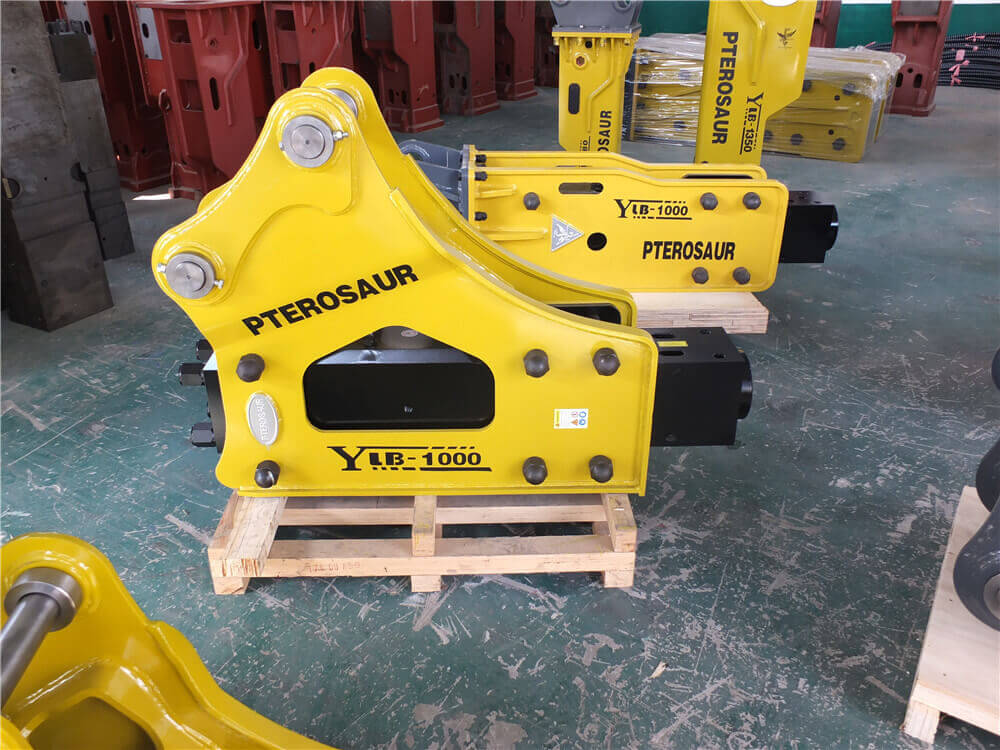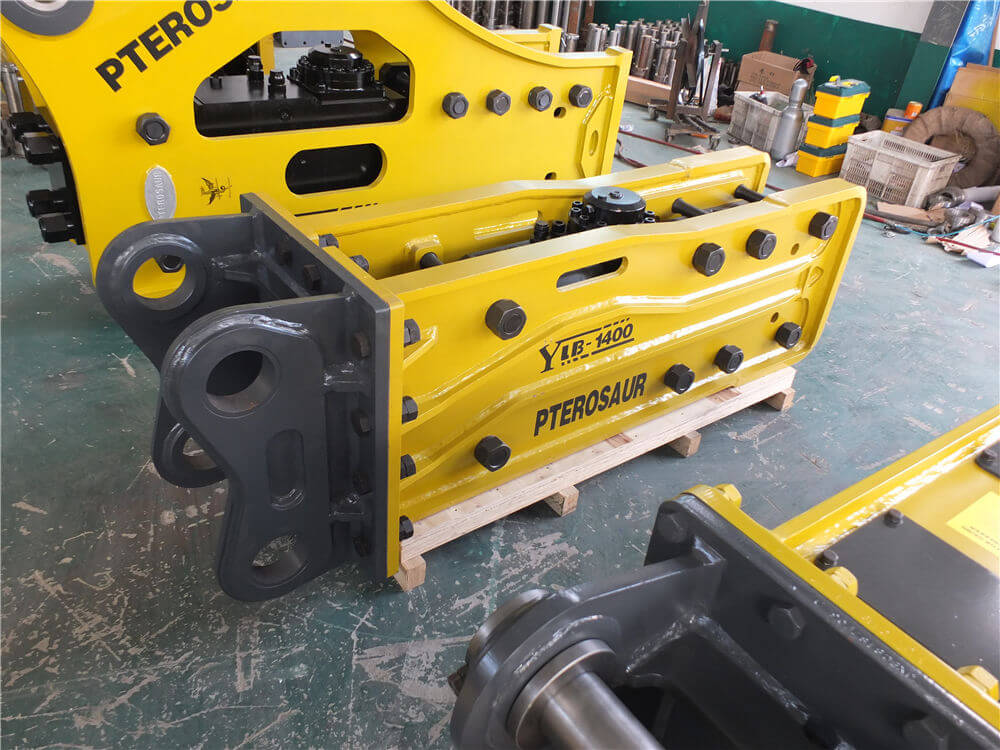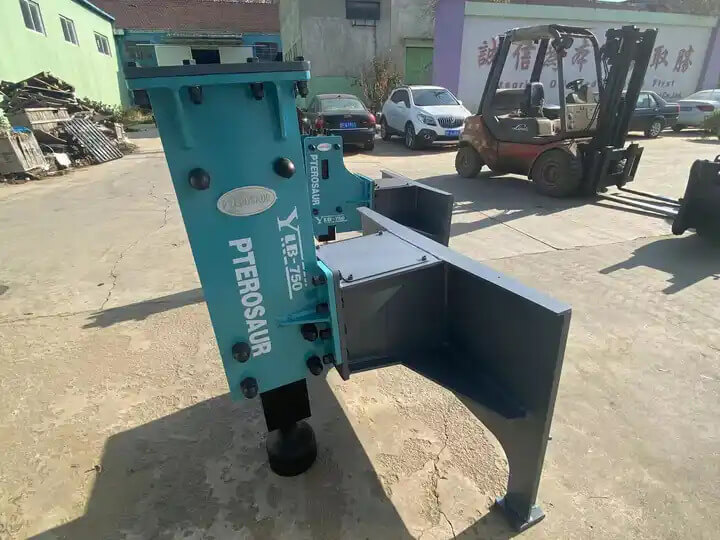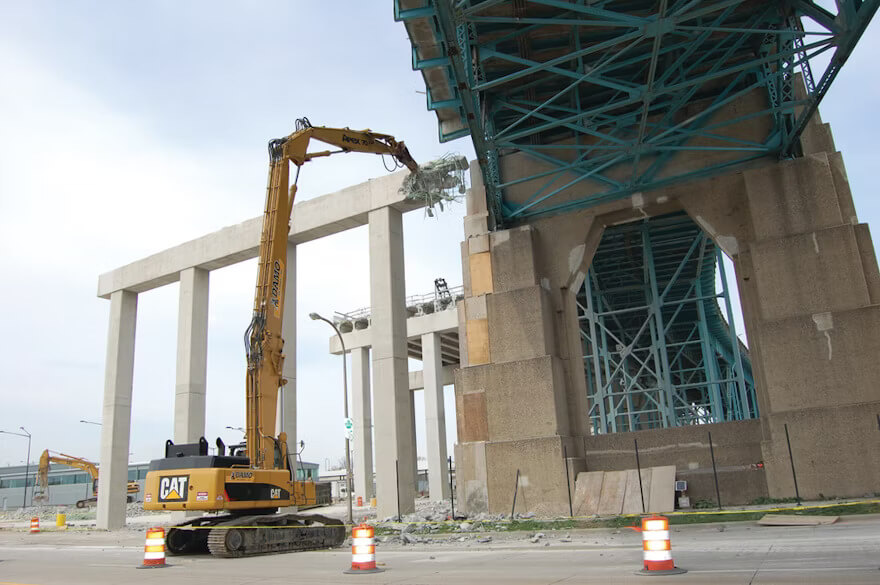Types of Quick Hitches for Excavators – Which One to Choose?
When it comes to enhancing the versatility and efficiency of excavators, quick hitches play a pivotal role. These devices, also known as quick couplers, allow operators to swiftly change attachments without the need for extensive downtime. In this article, we will explore the different types of excavator quick hitches, their features, and how to choose the right one for your needs.
1. Mechanical Quick Hitches
Mechanical quick hitches are the simplest and most economical option available. They operate through a manual locking mechanism that requires the operator to secure the attachment by hand. While these hitches are more affordable, they do necessitate a higher level of operator involvement and can be less convenient compared to hydraulic options. Mechanical quick hitches are ideal for operators who primarily use standard attachments and prefer a straightforward solution.
2. Hydraulic Quick Hitches
Hydraulic quick hitches represent a more advanced solution for attachment changes. This design allows operators to switch between attachments from within the cab of the excavator, significantly improving efficiency. Hydraulic quick hitches often come equipped with safety features, such as automatic locking mechanisms, which enhance the security of the connection. This type of hitch is particularly beneficial for those who frequently change attachments while working on various tasks and want to minimize downtime.
3. Semi-automatic Quick Hitches
Semi-automatic quick hitches serve as a middle ground between mechanical and hydraulic options. These hitches utilize a combination of manual and hydraulic locking systems, allowing for quicker attachment changes than purely mechanical hitches while still requiring some manual input. They are suitable for operators looking for a balance of cost and convenience.
4. Tiltrotators
Though not a traditional quick hitch, tiltrotators are worth mentioning. These devices allow for full rotation and tilt of the attachment, providing maximum flexibility and precision during operation. Tiltrotators can be particularly useful for complex tasks that require intricate maneuvering, making them a valuable addition to any excavator’s toolkit.
Choosing the Right Quick Hitch
When selecting a quick hitch for your excavator, consider the following factors:
- Compatibility: Ensure that the quick hitch is compatible with your excavator’s specifications and attachment types.
- Frequency of Use: If you frequently change attachments, a hydraulic or semi-automatic hitch may be more suitable for your needs.
- Budget: Mechanical hitches tend to be more budget-friendly, while hydraulic options may offer more features at a higher cost.
- Safety Features: Look for hitches that include safety mechanisms to prevent accidental detachment during operation.
Conclusion
Quick hitches are game-changers in the construction industry, offering increased safety and speed for attachment changes while expanding the versatility of excavators. Whether you opt for a mechanical, hydraulic, or semi-automatic quick hitch, understanding the differences between these types will help you make an informed decision that best suits your operational needs. By choosing the right quick hitch, you can enhance your excavator’s performance and efficiency on the job site.




































